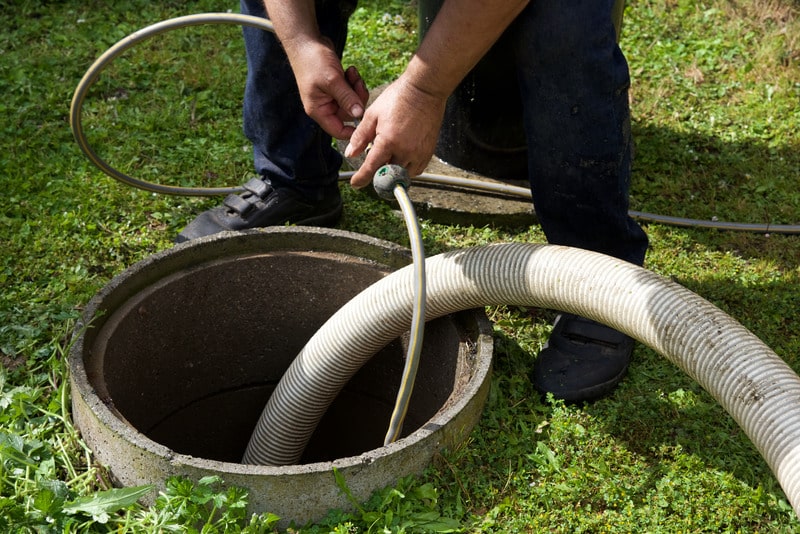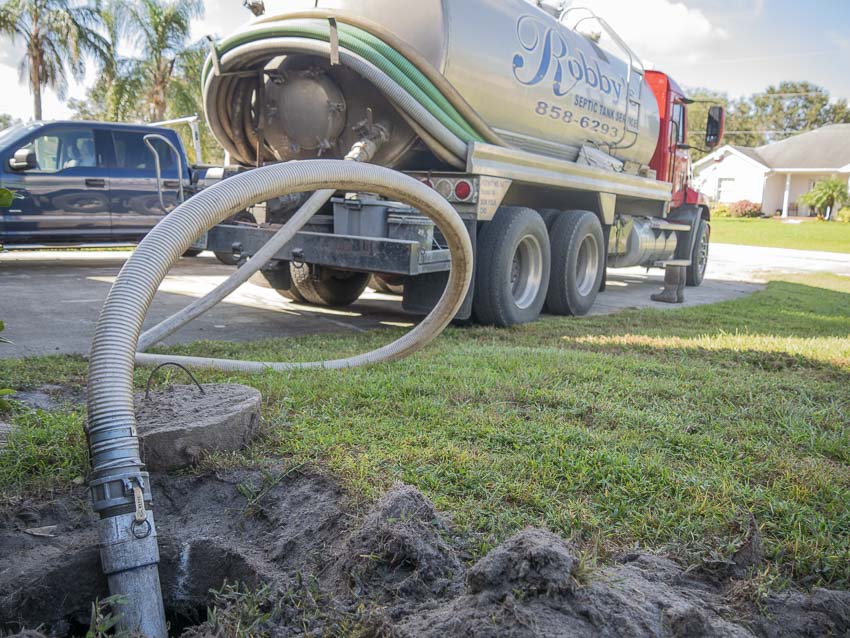The Only Guide for Stillwell Septic And Grading
Table of ContentsNot known Details About Stillwell Septic And Grading Unknown Facts About Stillwell Septic And GradingThe Basic Principles Of Stillwell Septic And Grading Our Stillwell Septic And Grading StatementsThe 45-Second Trick For Stillwell Septic And GradingThe 5-Minute Rule for Stillwell Septic And GradingUnknown Facts About Stillwell Septic And Grading
Generally, septic system installation is a complex procedure that calls for careful preparation and execution. Property owners must function with a trustworthy installment group and know neighborhood guidelines and needs to guarantee that their septic tank functions correctly for years to find. After the sewage-disposal tank has been set up and connected to the drainpipe area, it is time to backfill the location.The backfill product should be without clods, big rocks, icy matter, and particles that can cause gaps in the backfill that may enable resolving with time. Crushed rock or pea gravel 1/2-inch in size is preferred if native materials are not appropriate. Once the backfilling is total, it is time to landscape the location.
As soon as the septic tank has been set up, it is essential to test it to ensure that it is working appropriately (Stillwell Septic). https://telegra.ph/Everything-You-Need-to-Know-About-Septic-Tank-Installation-Repairs-and-Septic-Installers-03-13. Checking the system involves looking for leaks, making certain that the tank is at the ideal degree, and examining the drain area. Among the most common examinations carried out is the hydraulic lots examination
Getting My Stillwell Septic And Grading To Work
The water is then checked to guarantee that it moves correctly with the pipes and into the drainpipe area. If the water does not stream properly or supports right into the storage tank, it may show an issue with the system. An additional examination that is generally performed is the dye test.
The dye is then monitored to make certain that it flows properly through the pipelines and right into the drain area. If the color does not flow correctly or appears in the wrong area, it might show an issue with the system. It is important to have an expert perform these examinations to guarantee that they are done properly.

All about Stillwell Septic And Grading
Below are some important tips for homeowners to maintain their septic tank: The typical house septic tank should web link be checked at the very least every 3 years by a septic service professional. The frequency of pumping relies on the dimension of the container and the number of people utilizing it. https://stillwellsag.creator-spring.com. A basic guideline is to pump the tank every three to five years
Utilizing water-efficient fixtures and devices, such as low-flow showerheads and commodes, can lower water usage and help the septic system job a lot more efficiently. Only flush toilet tissue and human waste down the commode. Stay clear of flushing anything else, including feminine hygiene items, baby wipes, and food preparation oil, as they can obstruct the system.
How Stillwell Septic And Grading can Save You Time, Stress, and Money.
Septic system setup is a complicated procedure that calls for mindful preparation and execution. Property owners need to be aware of the needed steps associated with the installment procedure to guarantee that their septic tank works effectively and efficiently. The initial step is to assess the website where the septic system will be installed.
The soil kind will influence how swiftly wastewater is absorbed and filtered. Once the website has actually been reviewed, the following step is to prepare for the setup. This entails getting the necessary licenses and evaluations, along with choosing the ideal professional for the work. Home owners have to ensure that their professional is experienced in septic container installment and will function together with them throughout the process.
The Definitive Guide to Stillwell Septic And Grading

Homeowners must understand the necessary steps involved in the setup procedure to make certain that their septic system works appropriately and successfully. By following these actions and preserving their system, homeowners can feel confident that their septic system will certainly offer trusted wastewater treatment for years to find.
Nearly one in five U.S. homes have septic systems. If you're not properly keeping your septic system, you're not just hurting the environment, you're putting your household's wellness at riskand may be purging thousands of dollars down the drainpipe!
The 7-Minute Rule for Stillwell Septic And Grading

All that extra water can actually stress your septic system. This can be useful especially if your system has not been pumped in a lengthy time.
Some Of Stillwell Septic And Grading
Know your system's area. When you have the tank pumped, attract a representation or map revealing its place in relation to taken care of points - edges of the house, actions, or fence posts.
Decrease the quantity of wastewater that have to be treated and disposed of by your system: Laundry no more than one or 2 loads of clothing daily. Up to 53 gallons of water flood your septic system with each load, so it's ideal to spread laundry out over the week.